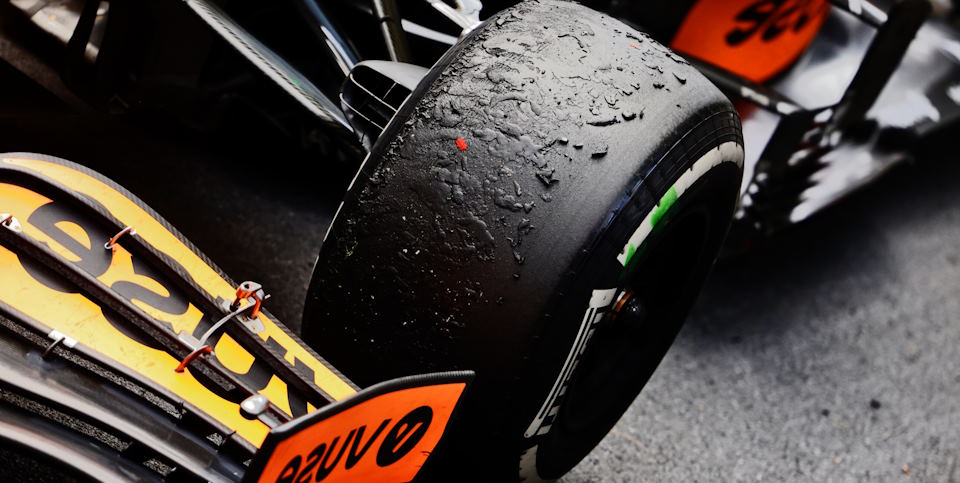Formula 1, with its high-speed races and cutting-edge technology, captivates motorsports enthusiasts around the globe. For those looking to engage in track conditions shape Formula 1 outcomes, understanding the impact of track conditions is crucial. The intricate relationship between the racing surface, weather, and tire performance significantly influences the outcome of races.
Type of circuit
One of the primary considerations when analyzing track conditions is the type of circuit – whether it’s a traditional race track or a street circuit. Each poses unique challenges to the drivers and their cars. Traditional tracks, like the Circuit de Barcelona-Catalunya, offer consistent and well-maintained surfaces. Street circuits, on the other hand, present an entirely different scenario, with bumpy roads and tight corners that demand a different skill set from the drivers.

Weather
Weather plays a pivotal role in understanding track temperature in Formula 1 betting. Rain, in particular, is a game-changer in Formula 1. Wet tracks introduce a level of unpredictability that can lead to upsets and surprise winners.
- Drivers need to adapt their strategies and skillfully navigate the slippery surface. In these conditions, the choice of tires becomes paramount.
- Different tires are designed for specific weather conditions – wet, intermediate, and dry.
- Betting enthusiasts should pay close attention to a team’s historical performance during the influence of rain on Formula 1 track conditions and the drivers’ ability to handle such challenging situations.
Tire wear
Tire wear is another critical factor affected by track conditions. High temperatures and abrasive tracks can accelerate tire degradation.
- Pirelli, the official tire supplier for Formula 1, provides various tire compounds, each with distinct performance characteristics.
- Teams must strategize and decide on the optimal tire selection based on the expected track conditions during the race.
- Betting on a team with a history of managing tire wear effectively can prove advantageous.
Historical track data is a treasure trove for those looking to make informed bets. Examining past race results, lap times, and driver performances on specific tracks under various conditions can reveal patterns and trends. A team or driver’s track history can be a strong indicator of their potential success in upcoming races.
Formula 1 betting is not merely about choosing a favorite team or driver. It requires a comprehensive understanding of the dynamic interplay between track conditions, weather, tire strategies, and historical performances. By delving into these factors, enthusiasts can enhance their predictive abilities and make more informed bets, adding an extra layer of excitement to the thrilling world of Formula 1.





